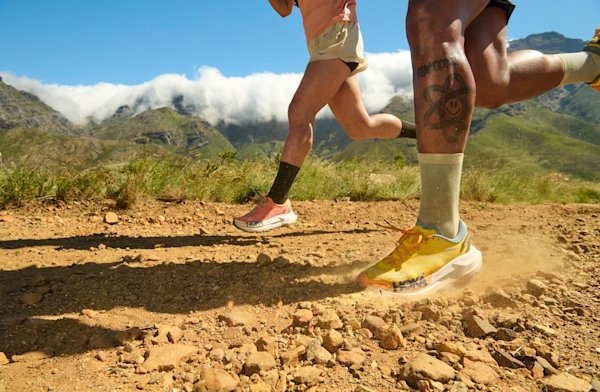Glacier glasses are sunglasses designed for the extreme solar radiation present at high altitudes and bright, exposed environments that can damage vision. As elevation increases, the amount of atmosphere decreases, and ultraviolet rays are more prevalent in the thin air. Since snow can reflect up to 90% of UV rays this can be especially problematic in cooler climates. Going on an expedition without proper eye protection can lead to snow blindness. Snow goggles can offer a similar level of protection, but might feel too cumbersome during an ascent that induces sweat and aims to reduce the weight of the gear being carried up, like ski touring or winter mountaineering. Glacier glasses can provide lightweight coverage during high output activities in snowy or elevated conditions.
The History of Glacier Glasses
There is a reason almost all primates live in the tropics: the weather is warm, the food is abundant, and the landscape provides ample trees for shelter. Homo sapiens, on the other hand, have spread far and wide. To do so without succumbing to extreme conditions required a little human ingenuity. The OG glacier glasses are a couple thousand years old, and were essentially narrow slits carved into ivory, antler, and wood by the Inuit and Yupik people. By the time mountaineering took off in the 18th century, the technology hadn’t advanced very far—a piece of cloth with holes cut into it sufficed as eye protection for most glacial gallivanters. It wasn’t until John Ruskin, an art critic who enjoyed hiking in the Alps, hired a local craftsman to make him a pair of glasses with tinted lenses in the mid-19th century that the design began to take on a recognizably modern shape.
























